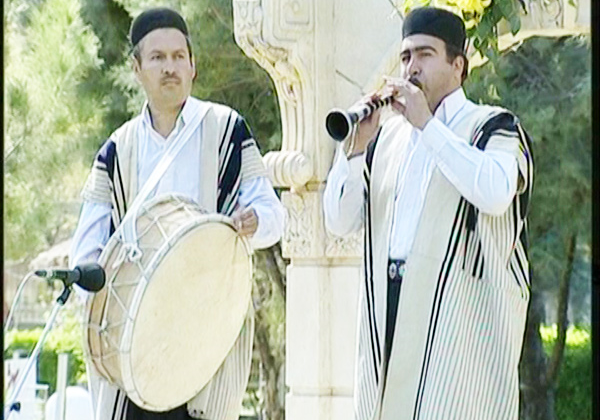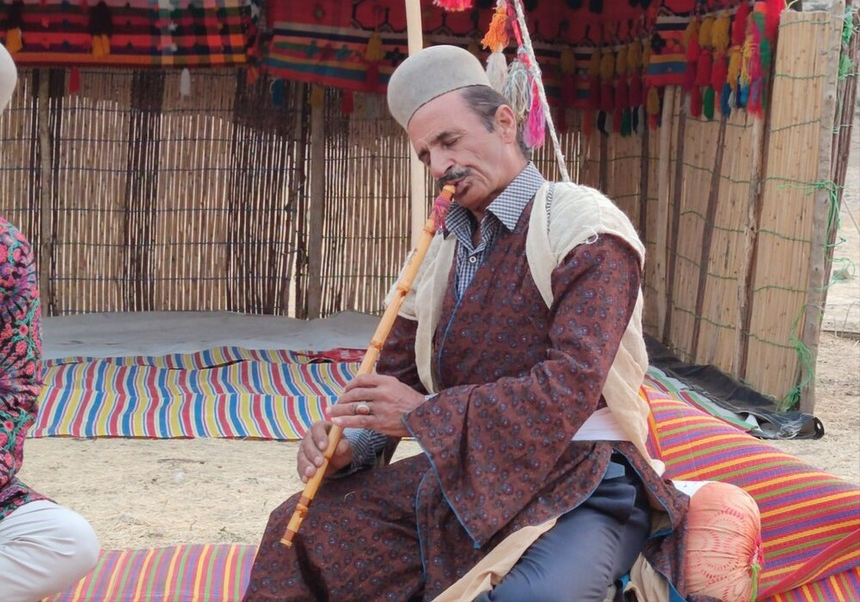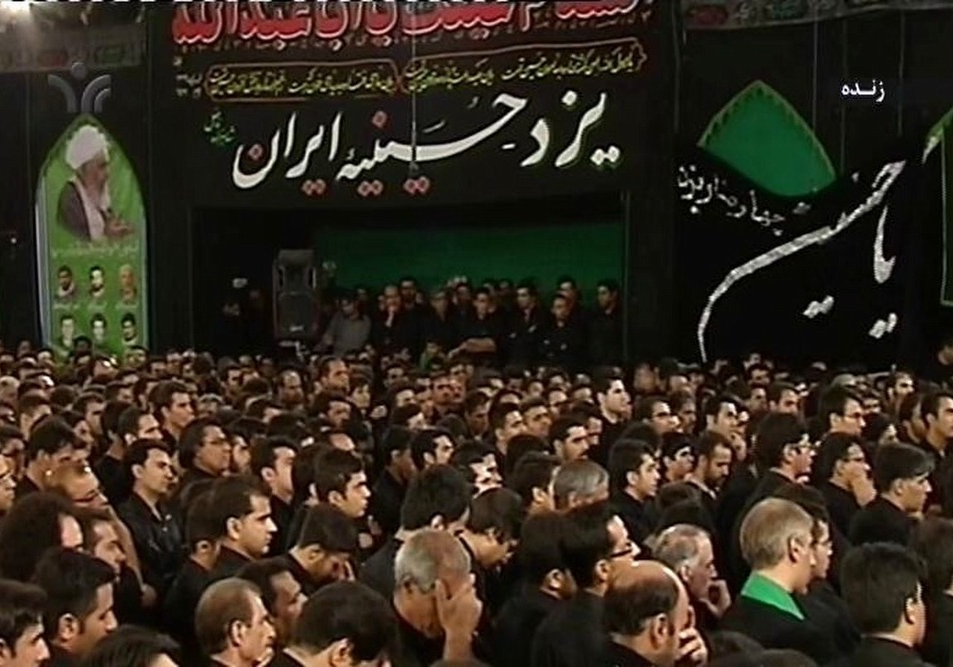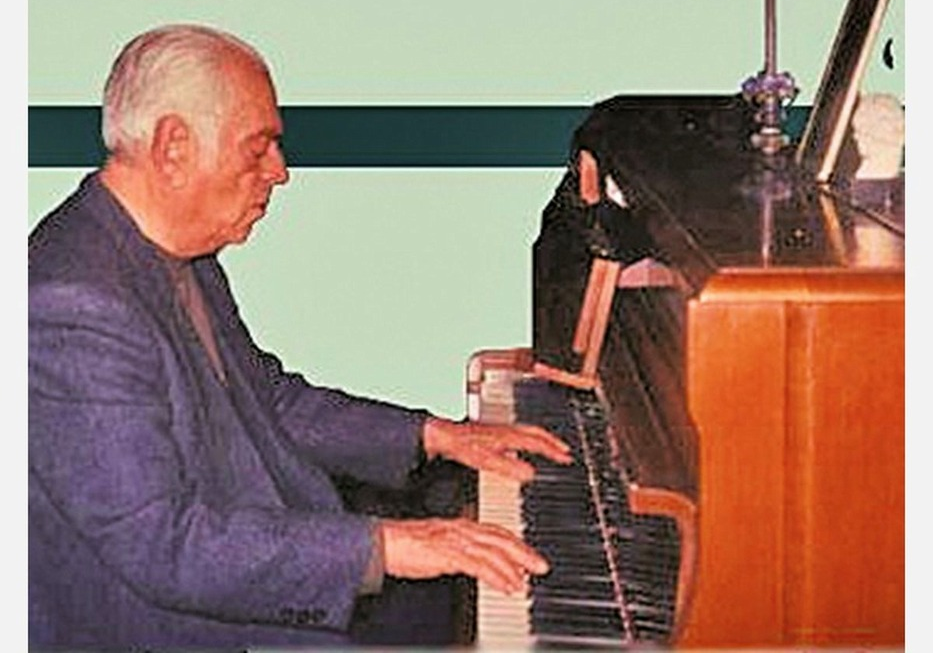
Tar (string instrument)
Tar (string instrument)
Tar (string instrument)
"Taar" redirects here. For TAAR, see Trace amine-associated receptor.
For other uses, including another kind of musical instrument, see Tar (disambiguation).
Tar (Persian: تار) is an Iranian[1][2][3][4] long-necked, waisted lute family instrument, used by many cultures and countries including Iran, Azerbaijan, Uzbekistan, Armenia, Georgia, Tajikistan ( Iranian Plateau) and others near the Caucasus and Central Asia regions.[1][2][5] The older and more complete name of the tār is čāhārtār or čārtār, meaning in Persian "four string", (čāhār frequently being shorted to čār). This is in accordance with a practice common in Persian-speaking areas of distinguishing lutes on the basis of the number of strings originally employed. Beside the čārtār, these include the dotār (دوتار, “two string”), setār (سهتار, “three string”), pančtār (پنجتار “five string”), and šaštār or šeštār (ششتار “six string”).
It was revised into its current sound range in the 18th century[6] and has since remained one of the most important musical instruments in Iran and the Caucasus, particularly in Persian classical music, and the favoured instrument for radifs.
| Name | Tar (string instrument) |
| Country | Iran |
| Type | String |

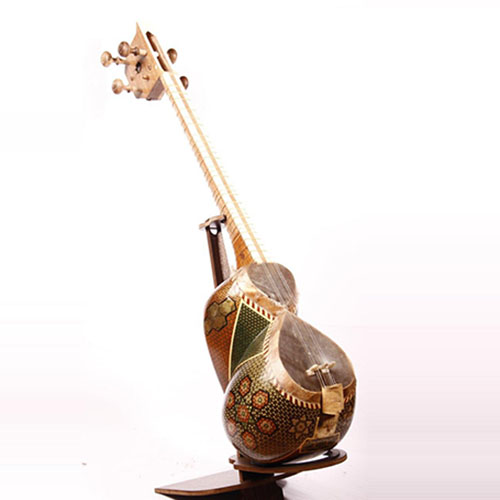
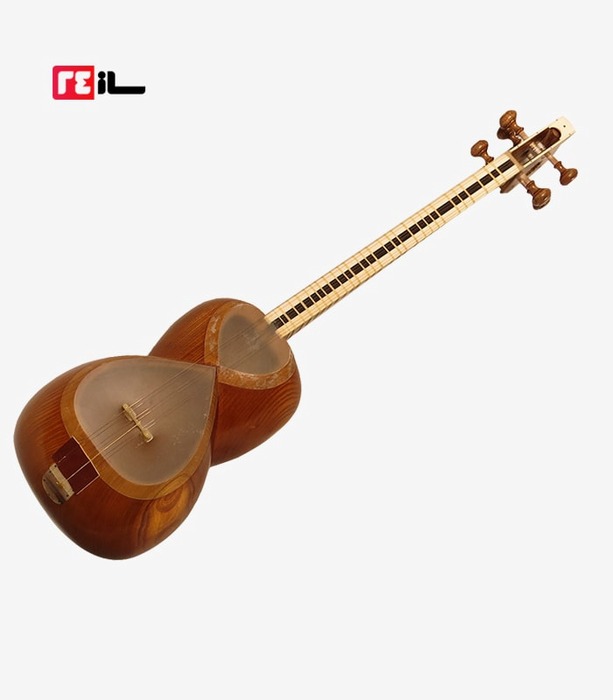



Choose blindless
Red blindless Green blindless Blue blindless Red hard to see Green hard to see Blue hard to see Monochrome Special MonochromeFont size change:
Change word spacing:
Change line height:
Change mouse type:


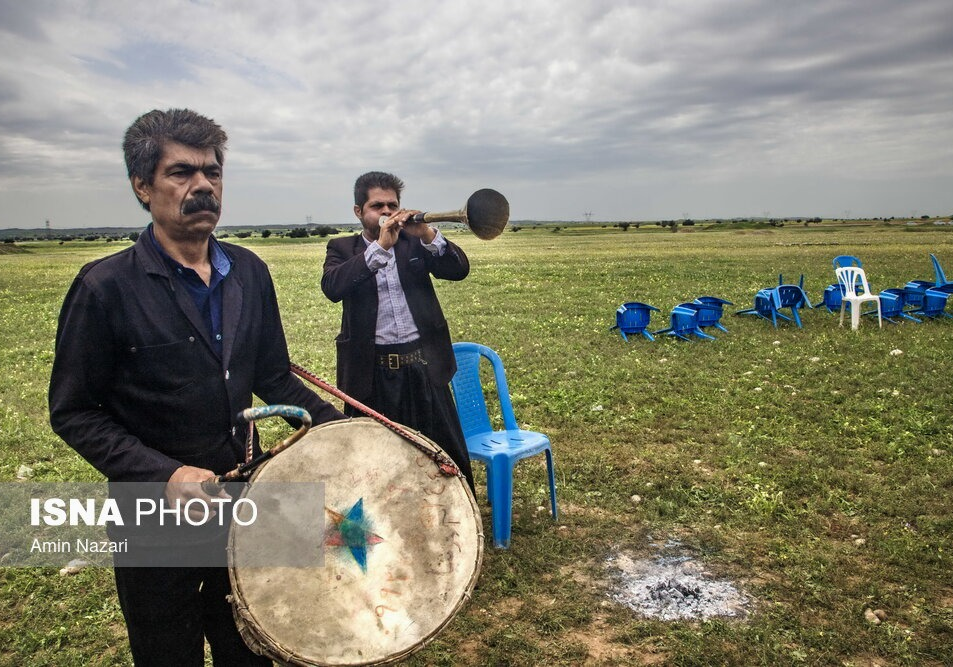



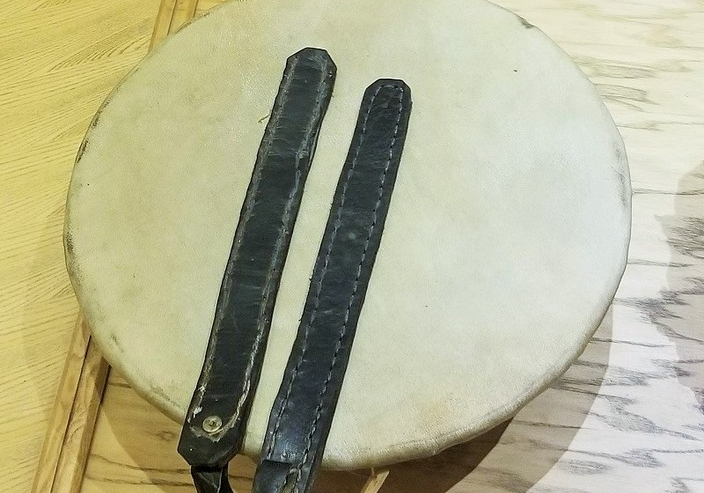
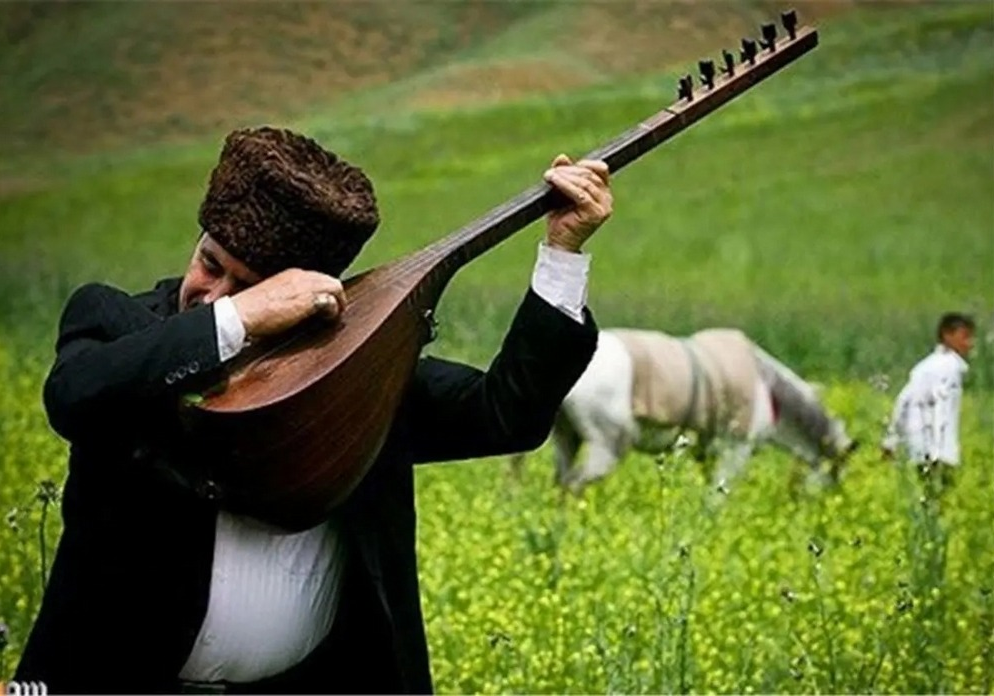
.jpg)
